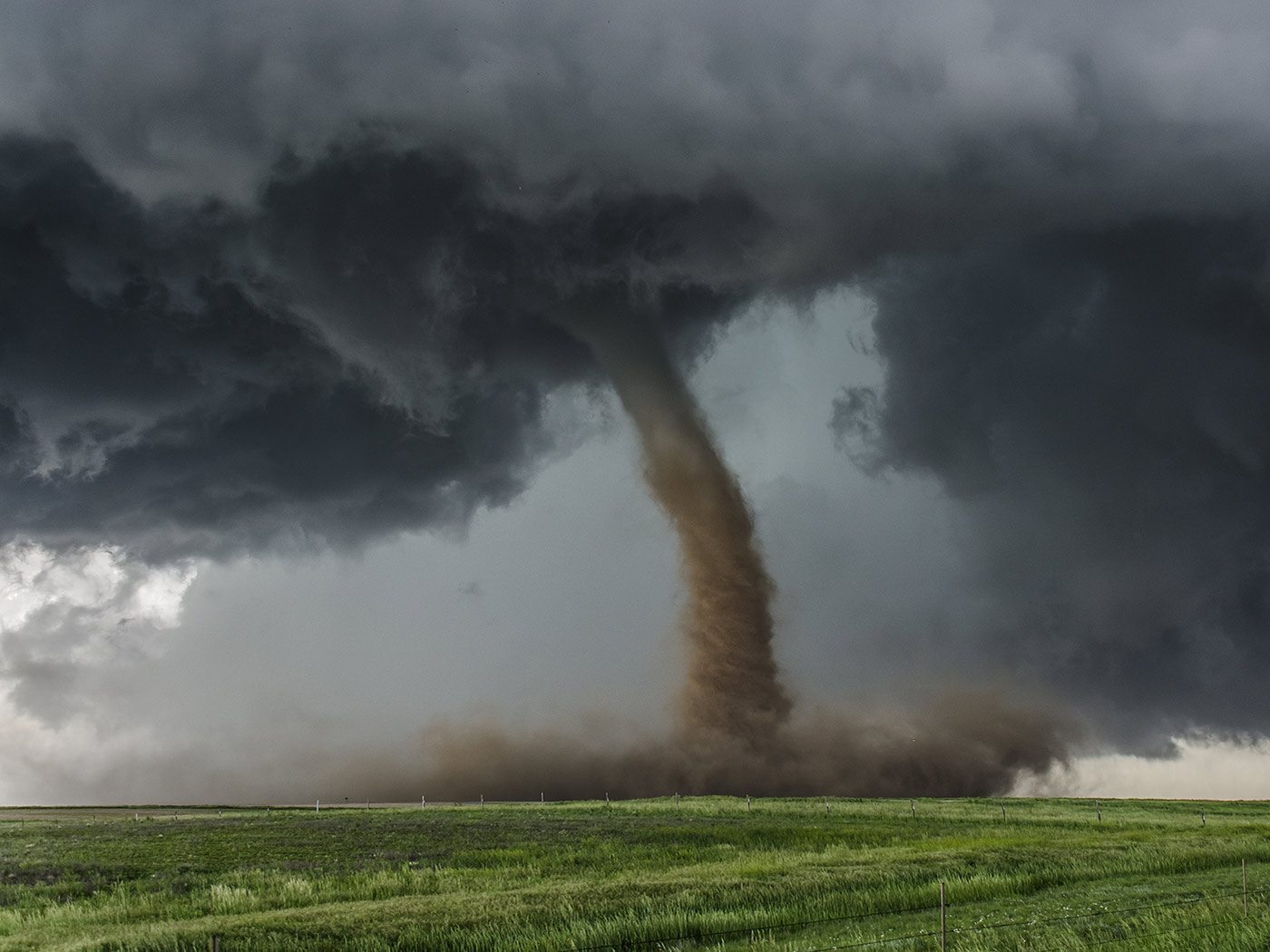Before, During, After: How to Prepare For a Tornado
 Shutterstock
Shutterstock
With spring comes budding flowers, milder temperatures and something less welcome—the threat of twisters.
Tornadoes are more likely in some states but possible in all 50, and as many as 1,200 occur in the United States each year. They’re most common from April to June but can strike at any time—with little or no warning.
But that doesn’t mean you have to be caught off-guard. Here are tips on putting a plan in action to help keep your family and your property safe.
Before a Tornado: How to Prepare
- Learn the difference between a watch and a warning. The National Oceanic and Atmospheric Administration will issue a tornado watch when conditions are right for a tornado to form. A tornado warning is when a twister has been spotted or a radar indicates one. Keep it simple and remember this: You watch for a warning. For both, free messages from weather alerts can keep you updated.
- Build an emergency kit that includes basic items your household may need, such as water, nonperishable food, flashlight and extra batteries, first-aid kit, and a battery-powered or hand-crank radio.
- Make a family emergency plan, so if a disaster strikes you’ve established safe locations, exits and how to get in touch with each other if you’re not together.
- Learn the danger signs of an approaching storm: dark or greenish sky, large hail, low-lying clouds that may be rotating or a loud roar similar to a freight train.
During a Tornado: What to Do
- Get to the safest place in your home. Go to the lowest level possible, such as a basement or storm cellar, or to a small, windowless room.
- In a mobile home or driving a car? If possible, get to a sturdy building.
- Cover your head and neck for extra protection.
- Be as far away from windows as possible. Winds up to 300 mph, hail and flying debris can easily break glass.
After a Tornado: First Steps
- Check in with family and friends by social media, and monitor the local news for updates and instructions.
- Watch for debris and downed power lines.
- Photograph damage to your property to help with filing an insurance claim.